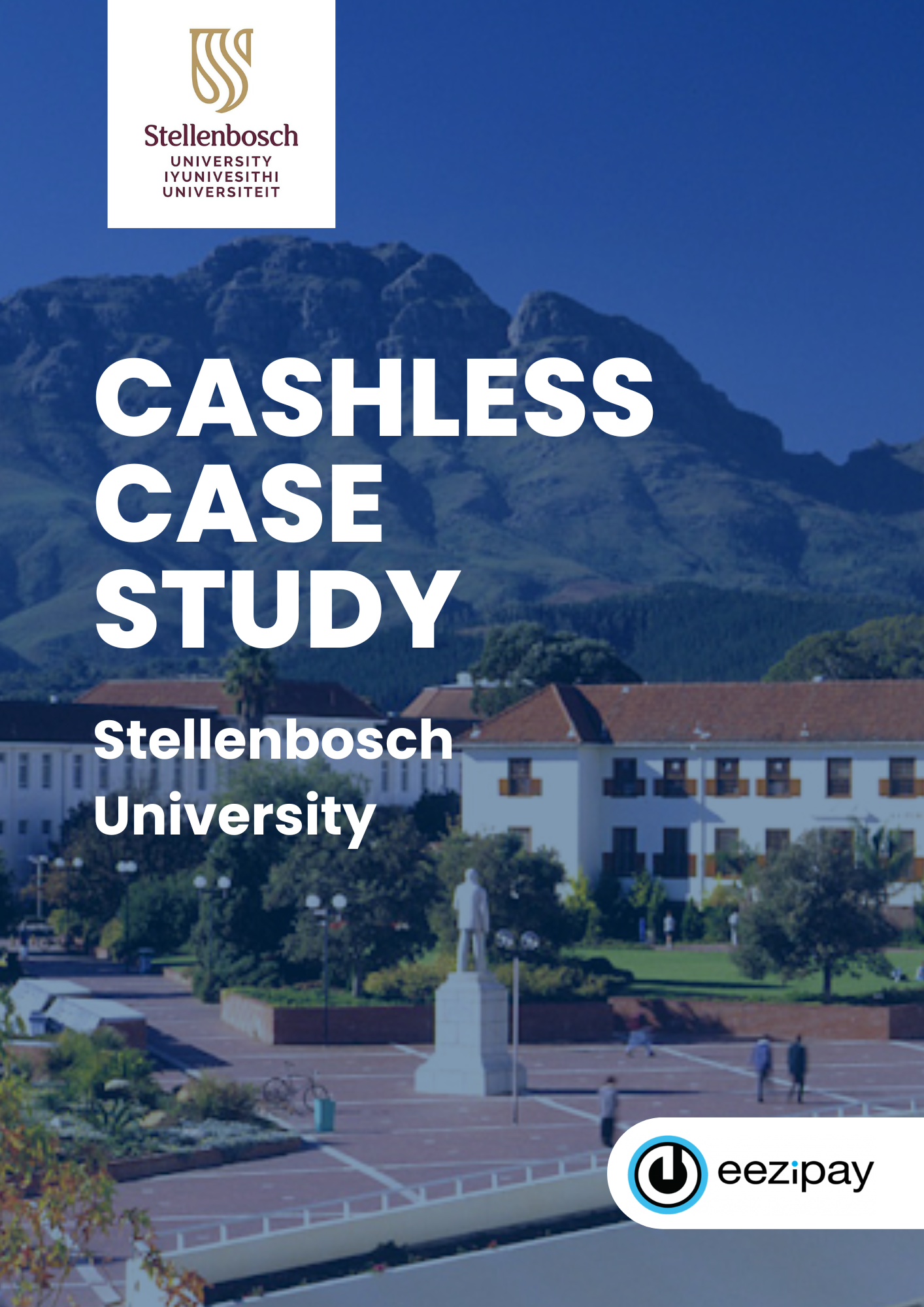How Cashless Schools Are Teaching Children About Money
Physical money has dominated the way that we purchase goods for the past few centuries.
This reign of physical cash is coming to an end… and fast.
It is our job to ensure that future generations are prepared for the ever-changing world to come.
One of the best ways we can provide a great future for them is by teaching them how to use money effectively in a digital world.
This is where a cashless school system comes in, as it teaches children how to use, save, and budget money efficiently.
With a cashless school, students will receive practical real-world experience using digital payments in a safe and familiar environment.
The school environment is also perfect for this as students can have some independence with their expenses while being in a safe environment and learning how to manage their money better.
How does a cashless school system work?
Firstly, what is a cashless school?
A cashless school is an educational institution that leverages digital technology to conduct financial transactions within the school campus.
This is great as it teaches children how to use technology to make financial transactions and makes it easier for them to budget their spending.
Most cashless school systems work differently from a school that has traditional card payment systems in place.
With a purely card-based system, children will not be able to manage their expenses in detail according to what they purchase at school.
For instance, if a child were to purchase something from the tuck shop, their transaction history would just say the school’s name with one amount deducted, even if multiple items were purchased at once.
However, if the school had a cashless school system in place, the transaction history would show everything the child had purchased from the tuck shop and would list them by name, food type, price, and even nutritional quality.
All of this information would also be available to the parents who can allocate a budget for their children accordingly.
Parents would have full access to their children’s daily school expenses and could restrict purchases on items that the parents believe should be restricted to the child. This can be done temporarily or permanently with the ability to remove restrictions again at any time.
Cashless school systems can be used on school campuses or to purchase anything related to that particular school. This also includes purchasing school-related items at various physical stores which allow the use of cashless school cards and the purchase of school-related items through online means.
How will a cashless school educate students about money?
1. Students will get a financial edge
Students who attend schools with cashless school systems in place will be given more of an edge when it comes to financial education, than students attending schools that don’t. The main reason for this edge is the ability to organize, plan, and manage spending more easily through a single platform.
Through a cashless school system, parents will have the ability to facilitate kids’ spending and help show them how to make good financial decisions through the system’s organisation tools. This will help their kids gain a better understanding of how to handle money.
2. Learn about financial independence
2.1 Children are given the opportunity to practice financial independence
The main benefit of educating children about money with a cashless school system is that it enables parents to give their children a greater level of independence with regards to their spending, while still being able to monitor everything they do with the money.
2.2 Children learn to save and budget
There could also be saving methods through the cashless campus system which children can leverage to make more informed spending decisions.
For example, if a parent were to load a set daily or weekly spend amounts to the card, the application could show in terms of percentages the best amount allocated to different food types and other expenses.
The parent could also have the ability to change these percentages if they decide that they need to be altered at any given time. This would then allow the child to only purchase those specific food types, or function as a guideline for the child to use when purchasing from the tuck shop.
This will give them a good understanding of how to allocate money better and be able to use saving methods in a practical way.
This is just one of the ways in which a cashless school management system could help children to save money better in real-life scenarios.
2.3 Children develop the habit of saving and budgeting
The cashless school system would be able to help students build strong positive habits that can help them save money and build a better working understanding of how money works.
This can be done by creating budgets for the type of foods they purchase, and setting limited for how much can be spent on those foods.
Through a cashless school system children will be learning to save what would have been spent on unhealthier food options, in order to rather purchase on healthier alternatives.
Little tips and reminders can also pop up to keep them inspired to continue saving, and help them learn about new saving methods and healthier food alternatives that they may not have known about before.
2.4 Children receive rewards for reaching the financial goals
Another great way a cashless campus system could help children stay motivated to save is through goal setting and rewards, which parents can set for them within the application. For example, children could be incentivized to set spending/saving goals with the help of the cashless school system and the school itself.
This could be accomplished for instance by having a customizable savings plan which is built into the cashless school system’s application which both students and parents can alter at any time.
2.5 Children stay motivated with daily rewards
Another great way to incentivize children to save is to reward them when saving or purchasing healthier food options at school.
So how can Eezipay Cashless Campus help?
Eezipay’s cashless campus system is designed to be simple, fast, and easy to use. Eezipay is also very beneficial to your child’s financial education by helping them understand how to organize, plan, and spend their money better with optional parental supervision.
Eezipay’s simple, fast and easy approach to cashless school management is the perfect solution when wanting to help teach your kids about good money habits in an easy-to-learn and easy-to-use fashion. For more information on our cashless campus solution please visit our website at www.eezipay.com.



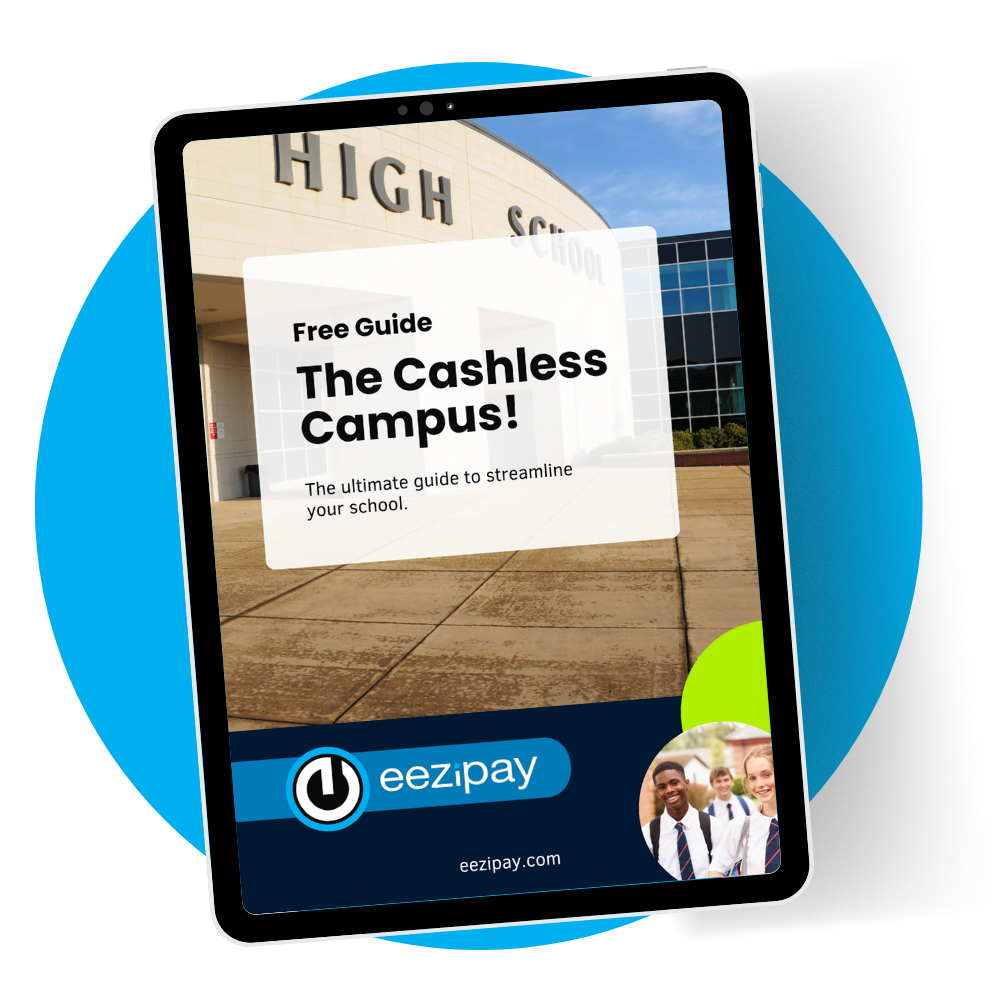
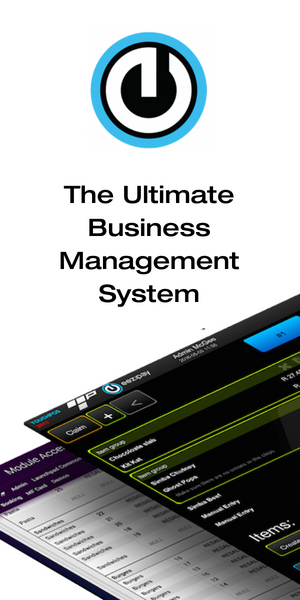
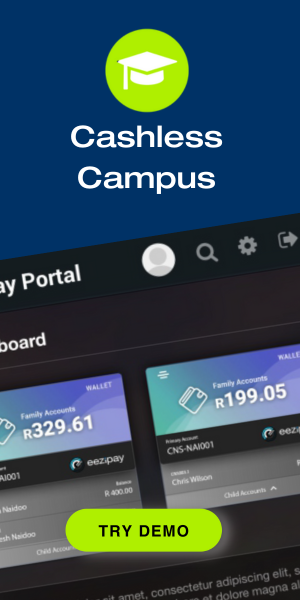
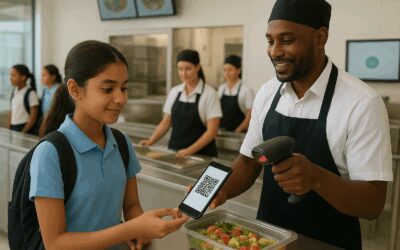

![How QR Code Payments Are Powering a Brighter Future for Universities [2025]](https://eezipay.com/wp-content/smush-webp/2025/05/QR-Codes-Payments-For-Universities-400x250.png.webp)
